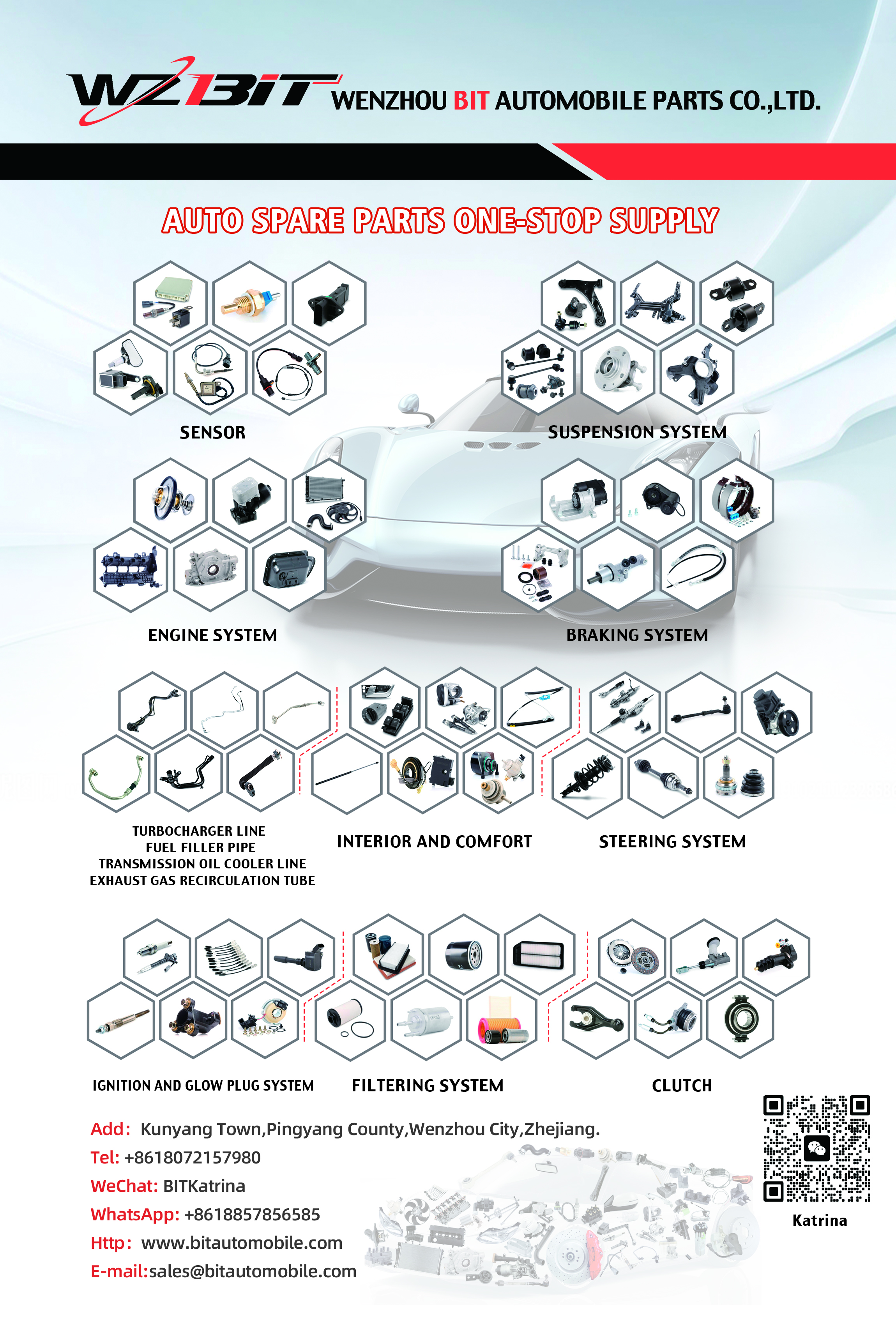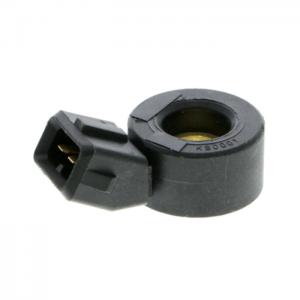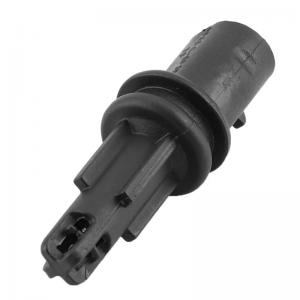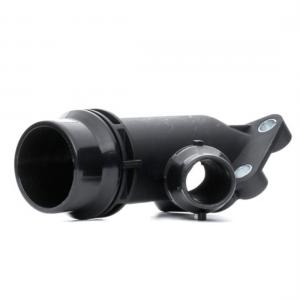Crankshaft Sensor

The crankshaft sensor, also known as the crankshaft position sensor (CKP sensor), is an essential component in modern engine management systems. It monitors the position and rotational speed of the crankshaft, providing crucial information to the Engine Control Unit (ECU) for proper engine operation.

OE Number
56041479AC
Compatible Applications
JEEP CHEROKEE (KJ) (2001/09 - 2008/01)
JEEP LIBERTY (KK) (2008/01 - /)
Function
- Position Detection: The primary function of the crankshaft sensor is to detect the exact position and rotational speed of the crankshaft in the engine.
- Timing and Firing: This information is used by the ECU to determine the precise timing of fuel injection and ignition timing.
- Engine Synchronization: It ensures that the engine’s fuel injectors and ignition coils fire at the correct time relative to the position of the crankshaft.
Components
- Hall Effect Sensor or Inductive Coil: Depending on the design, the crankshaft sensor utilizes a magnetic sensor (Hall effect) or an inductive coil to detect the passing teeth or markings on the crankshaft or flywheel.
- Connector and Wiring: Connects the sensor to the ECU, transmitting the signal generated by the sensor.
- Mounting Bracket: Securely mounts the sensor in a precise location near the crankshaft.
Operation
- Signal Generation: As the teeth or markings on the crankshaft pass by the sensor, it generates an electrical signal.
- Signal Interpretation: The ECU interprets the frequency and timing of these signals to accurately determine the crankshaft’s position and rotational speed.
- Feedback Loop: Based on the crankshaft sensor readings, the ECU adjusts fuel injection timing, ignition timing, and other engine parameters to optimize engine performance and emissions.
Importance
- Engine Performance: Proper functioning of the crankshaft sensor ensures smooth engine operation, optimal fuel efficiency, and reduced emissions.
- Drivability: A faulty crankshaft sensor can lead to engine hesitation, misfiring, rough idling, or difficulty starting the engine.
- Diagnostic Tool: The crankshaft sensor is crucial for diagnosing engine issues, as its signals are used by the ECU to detect faults and trigger diagnostic trouble codes (DTCs).
Maintenance and Troubleshooting
- Testing: If there are symptoms of crankshaft sensor failure (e.g., check engine light, engine performance issues), the sensor can be tested using diagnostic tools to verify its operation and signal output.
- Replacement: If the crankshaft sensor fails due to wear, electrical faults, or contamination, it may need to be replaced. Replacement involves disconnecting electrical connectors and removing the sensor from its mounting location.
In summary
The crankshaft sensor is a critical component in modern engine management systems, providing accurate data on crankshaft position and speed to optimize engine performance. Regular maintenance and prompt replacement of faulty sensors are essential for maintaining vehicle reliability and performance.
Send your message to us:












